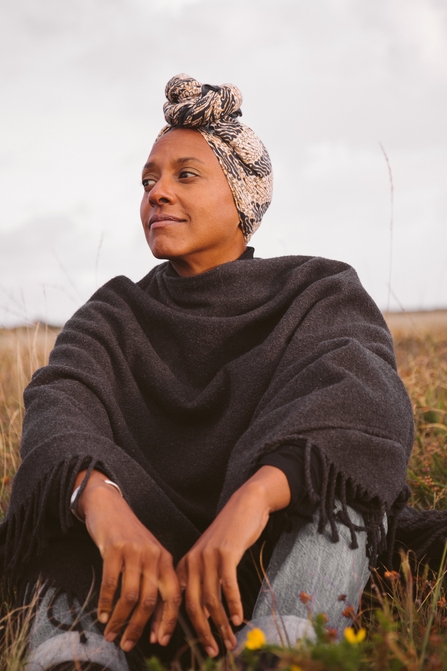Gillian Burke, the popular TV naturalist who stars on the BBC’s Spring/Winterwatch series, has added her voice to Gwent Wildlife Trust’s campaign to obtain full protection for the stunning Gwent Levels landscape and wildlife.
The charity has launched a Senedd petition calling for a halt to significant development on these nationally important wetlands until formal protection is in place.
Ms Burke was shocked to read the post-construction environmental report following the construction of the Llanwern solar power station, including the high levels of pollution, the aesthetic impact on the landscape, and the extinction of the lapwing breeding colony.
In support of the campaign, Gillian says,
"The climate and nature crisis are two sides of the same coin. We must ensure that action taken to address climate change doesn't do so at the cost of sensitive sites like the Gwent Levels SSSIs, that are important not just for biodiversity but food production, carbon storage and of course, the communities that call the area home."
Gillian Burke joins other well-known names such as Iolo Williams, Lizzie Daly, Mary Colwell and Julian Hoffman, internationally acclaimed author of Irreplaceable, in calling for proper protection for the Gwent Levels.
Gwent Wildlife Trust owns reserves throughout the county, and includes meadows, ancient woodland in the Wye Valley, and unspoilt upland tracts of habitat. One of the trust’s flagship reserves is Magor Marsh on the Gwent Levels.
Magor Marsh is one of the last remaining pieces of natural fenland that once covered the Levels. Wetlands like this were once commonplace across Britain but they are now one of the UK’s most threatened habitats. It was the threat of losing this important place in the 1960s that brought local naturalists together to fight for its survival, banding together to form what is now known as the Gwent Wildlife Trust. More recently, Barecroft Common was added to the reserve along with neighbouring Bridewell Common, extending this important habitat for the benefit of the natural world.
The Gwent Levels provide a mosaic of habitats that nurture a rich diversity of wildlife throughout the year. The distinctive, familiar but increasingly rare sound of cuckoo calling heralds the fact that spring is in full swing, while the reeds and scrub house the elusive Cetti’s Warbler, its wonderful call piercing the air. In summer, wildflowers carpet the meadows, and the air is full of insects as they feed on the nectar-rich flowers. As autumn approaches, it’s the best time to see a brilliant flash of colour as kingfishers dart along the waterways. Flocks of teal and shoveler make the ponds their winter home. Throughout the year, the waterways known as reens are frequented by water voles (one of the UK's fastest declining mammals) and otters.

